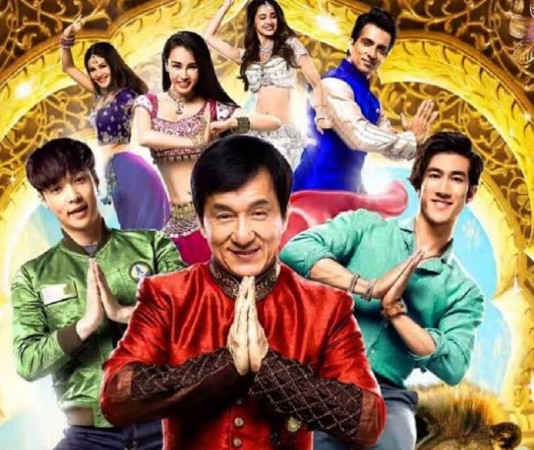

Audiences were sympathetic with Lee's role as a minority figure struggling against and overcoming prejudice, social inequality, and racial discrimination. The anti-imperialist themes of his films held a broad appeal for groups that felt marginalized and contributed to his popularity in Southeast Asia and the African-American and Asian-American communities of urban America. Kung fu films were internationally successful and popular in the West where a kung fu fad had taken root. The movies of Bruce Lee began a trend of employing genuine practitioners of martial arts as actors in martial arts films. He returned to Hong Kong and performed his breakthrough role in The Big Boss, followed by five more films. In America, he created Jeet Kune Do, a martial arts style inspired by wing chun, and briefly worked in Hollywood as a film and television actor. He left for the United States, his place of birth, and continued his martial arts training as a high school student. Lee spent most of his childhood in Hong Kong where he learned wing chun martial arts and performed as a child actor. The new wave of kung fu films reached international audiences after the financial success of Bruce Lee's first feature-length film, The Big Boss, in 1971. The Chinese Boxer (1970) directed by Wang Yu and Vengeance directed by Chang Cheh in 1970 were the first films of the resurgent kung fu genre. The rivalry between the Shaw Brothers, Golden Harvest, and Seasonal Films studios stimulated the growth of kung fu movies in the Hong Kong film industry. It displaced the kung fu dramatizations of Wong Fei-hung and brought back the supernatural themes of traditional wuxia cinema. Wuxia had been revitalized in the newspaper serials of the 1950s and its popularity spread to cinemas in the 1960s. It overtook the popularity of the new school ( xinpai) wuxia films that prevailed in Hong Kong throughout the 1950s and 1960s. The kung fu genre reached its height in the 1970s, coinciding with Hong Kong's economic boom.
Where was kung fu yoga movie shot series#
Jet Li played Wong in a later revival of the series in 1990s, Tsui Hark's Once Upon a Time in China, and also Fong in the movie Fong Sai-yuk. The fights were still choreographed, but were designed to be more believable. The major innovation of the Wong Fei-hung films was its focus on realistic fighting or zhen gongfu, a departure from earlier wuxia films. The first two films of the Wong series, directed by Wu Pang and starring Kwan Tak-hing, were released in 1949. A series of films that dramatized the life of Wong Fei-hung, a historical Cantonese martial artist, was another early pioneer of the genre. The oldest film in the genre, The Adventures of Fong Sai-yuk (Part 1: 方世玉打擂台 Part 2: 方世玉二卷之胡惠乾打機房), is a 1938–39 two-part movie about the adventures of folk hero Fong Sai-yuk. Kung fu protagonists were exemplars of chivalry akin to the ancient youxia, the knight-errants of Chinese wuxia fiction. The new genre still shared many of the traits of wuxia. The popularity of shenguai wuxia waned because of its cheap effects and fantasy cliches, paving way for the rise of the kung fu film.

Producers of wuxia depended on special effects to draw in larger audiences like the use of animation in fight scenes. The wuxia of the period, called shenguai wuxia, combined shenguai fantasy with the martial arts of wuxia. The kung fu genre was born in Hong Kong as a backlash against the supernatural tropes of wuxia.


 0 kommentar(er)
0 kommentar(er)
